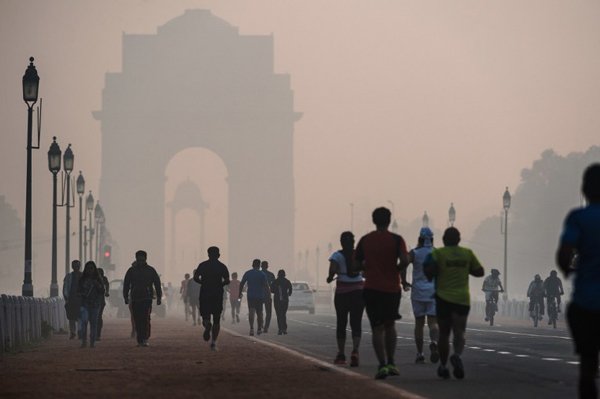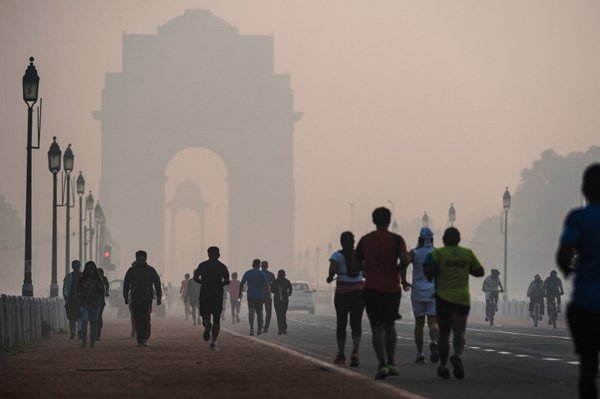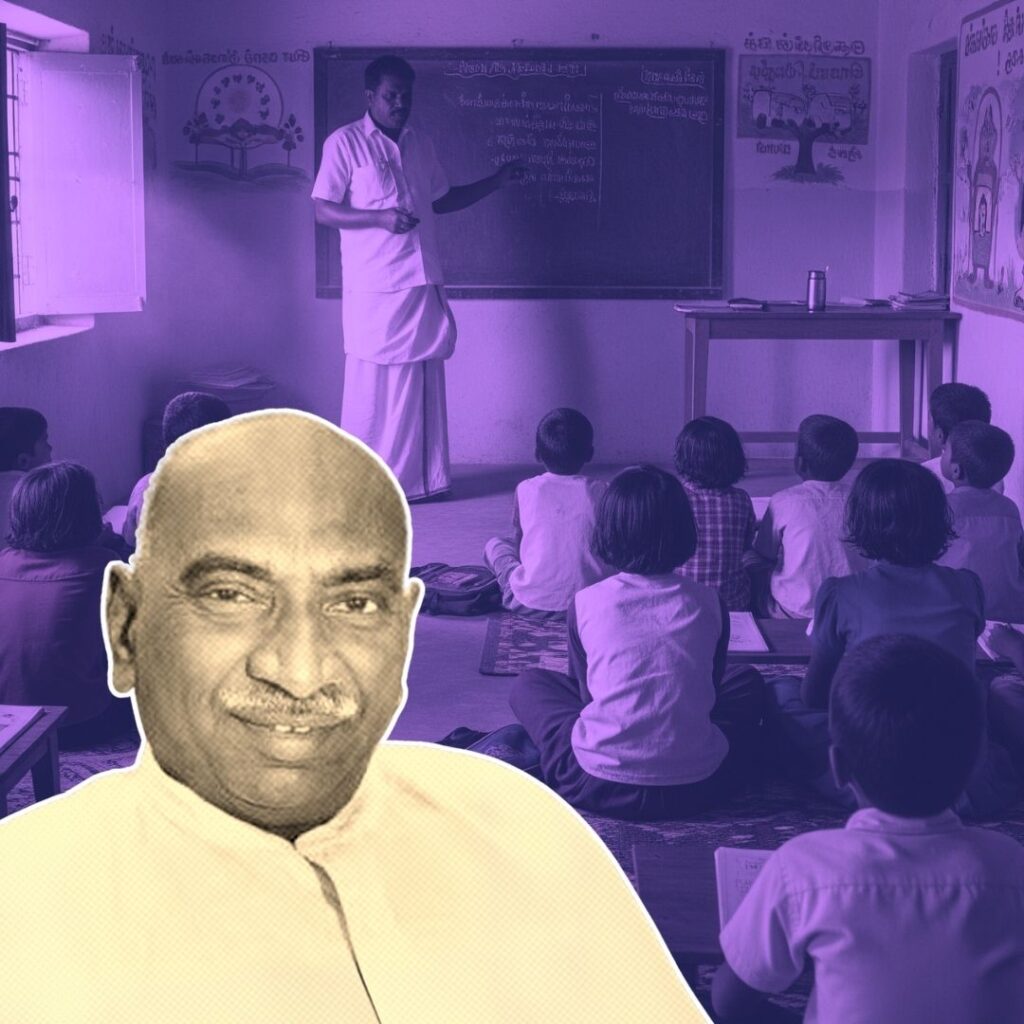Originally published on: catchnews | Reported By Nihar Gokhale @nihargokhale | Image Courtesy: vox-cdn
On the morning of 29 November, Beijing woke up to air pollution levels not seen in over a year. The city’s government immediately issued an alert and ordered factories to stop or reduce production.
The same morning, Delhi woke up to pollution levels much higher than Beijing’s.
And it hosted the Delhi half marathon.
In the name of health awareness, the runners breathed air laced with pollutants exponentially beyond safe levels. And they inhaled 10-20 times as much air as a sedentary person does.
In sharp contrast, the embassies of Norway and the United States have taken urgent steps to safeguard their personnel. While Norwegian officials are set to get “hardship pay” for working in New Delhi, the US embassy’s school has cancelled outdoor activities for its students.
The stark difference in attitudes, perhaps, is because most Delhiites know little about how exactly the city’s air is killing them. Slowly. Daily.
The government has largely failed to make people aware of how the pollution affects them, what the main pollutants are, what precautions they should take, the types of masks they should wear, and suchlike.
It only dumps air pollution data on a rather glib website, on a page full of numbers and technical terms befitting a chemistry textbook.
There is no air warning system in Delhi that could alert citizens, shut down schools and prohibit outdoor activity when pollution reaches hazardous levels.
 Photo: Roberto Schmidt/AFP
Photo: Roberto Schmidt/AFP
Most of all, though, the residents should know what exactly makes Delhi’s air so toxic. Even if you know what it is – the toxin is called PM 2.5 – there is no easy way to know how harmful it is.
So, here’s a primer.
Why are we talking about PM2.5?
Delhi’s air is not polluted as much with poisonous gases as it’s with really tiny particles known as PM2.5. And its levels are consistently 16-20 times higher than the prescribed standard. At the time of the half marathon, it was 48 times the limit.
Greenpeace recently found that even inside Delhi’s classrooms, PM2.5 levels were 11 times the limit.
What is PM2.5?
- PM stands for particulate matter, while the number refers to the size of the particles. So, PM2.5 is like extremely fine dust whose particles are just 2.5 microns wide — that’s thirty times smaller than the width of a human hair.
- The tiny size makes it harder to prevent PM2.5 from getting into the body, making it deadlier.
What exactly is PM2.5 made up of?
There is no easy answer to this since the toxin is identified more by its size than what it contains. It could be a variety of solid or liquid chemicals.
According to the United States’ Environment Protection Agency, a PM2.5 particle, depending on where it’s emitted from, could contain compounds of any of these four materials:
- Carbon – from cars, trucks, waste burning
- Nitrate – from cars, trucks, thermal power generation
- Sulphate – from thermal power generation
- Crustal – suspended soil and metals
While individual particles obviously can’t be seen without special equipment, large amounts are visible as haze or smog.
Why is PM2.5 bad?
- Being tiny, these particles easily reach the lungs. From there, they can travel through the bloodstream and reach the heart.
- Long exposure to PM2.5 can worsen asthma and heart conditions. They also cause runny nose, sneezing and coughing.
- 5 coming from diesel vehicles contains carbon and is a carcinogenic.
- It can also cause other heart and lung diseases, or make them worse.
- It slow down development of lungs in children and can leave them with reduced lung function for the rest of their lives, according to the WHO.
- Illnesses caused by PM2.5 kill at least 3.1 million people a year across the world.
- The WHO estimates that exposure to PM2.5 reduces a person’s life expectancy by an average of 8.6 months.
How much of PM2.5 is safe?
- The WHO says there is no safe level, PM2.5 is harmful in any amount. Still, there are standards on how much PM2.5 is too much.
- As per the WHO’s own standards, the average PM2.5 levels should not exceed 10 mg per cubic metre in one year.
- In one day, it should be under 25. Indian safety limits, however, are more relaxed – at 60.
WHO says PM2.5 level mustn’t exceed 25 mg/cubic metre. Yet, India has relaxed the limit to 60
What’s the best protection from PM2.5?
- Protecting yourself from PM2.5 doesn’t require gas masks, but cotton masks that can block very fine particles.
- It is recommended to use an N-95 mask, the same one used to protect against the H1N1 virus.
- Unfortunately, planting more trees does nothing to solve the problem. Since PM2.5 are particles and not gases, they can’t be processed by the leaves.
- In fact, a high tree density can make the exposure worse because the extra moisture in the air would trap the particles instead of letting them fly away with the wind.
- The only way to cut down PM2.5 levels is to stop it at the source – cars, factories, waste burning, thermal power plants. Until then, strap on the N-95s.
Only way to reduce PM2.5 is to stop it at source – cars, factories, waste burning, thermal plants
Read more at Catchnews.com



 Photo: Roberto Schmidt/AFP
Photo: Roberto Schmidt/AFP







